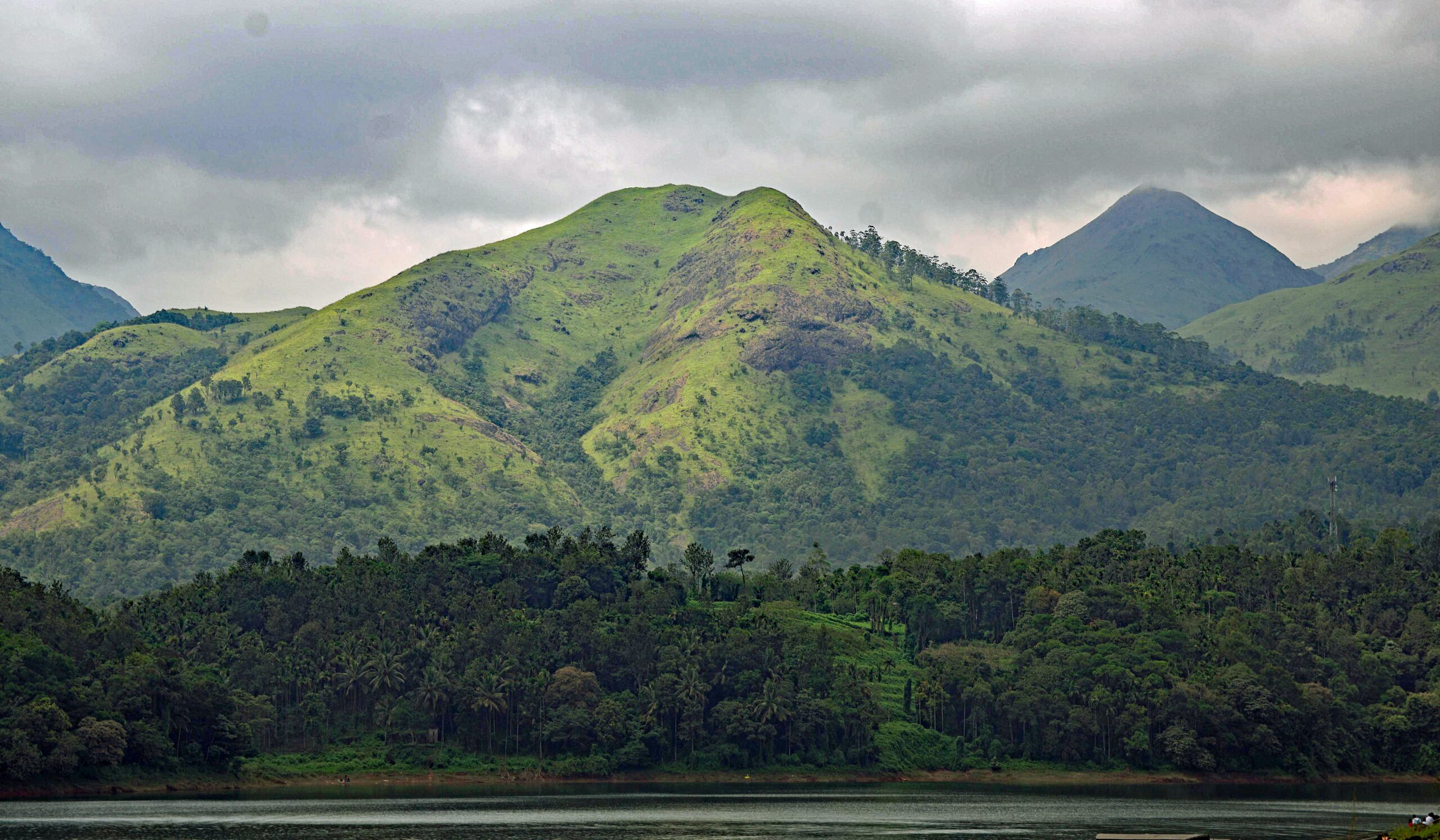Introduction
India, known as the subcontinent, is a land of diverse landscapes, remarkable geographical features, and an extensive cultural heritage. From the snow-capped Himalayas in the north to the expansive coastal plains in the south, and from the arid deserts of Rajasthan in the west to the lush forests of the northeast, India’s geography is as varied as it is captivating. This article aims to provide a comprehensive overview of India’s current geography, exploring its physical features, climate patterns, and notable geographical regions.
Physical Features
India’s physical features can be broadly classified into four major regions: the Himalayan region, the Indo-Gangetic Plains, the Peninsular Plateau, and the Coastal Plains.
The Himalayan region
The majestic Himalayas span across the northern borders of India, forming a natural barrier between India and its neighboring countries. This region is home to some of the highest peaks in the world, including Mount Everest and Kanchenjunga. The Himalayas play a crucial role in shaping India’s climate, acting as a barrier to the cold winds from Central Asia, and influencing the monsoon system.
The Indo-Gangetic Plains
Located between the Himalayas and the Peninsular Plateau, the Indo-Gangetic Plains are one of the most fertile regions in the country. Fed by numerous rivers, including the Ganges and the Brahmaputra, these plains are the heartland of Indian agriculture. The region is known for its alluvial soil and extensive irrigation systems.
The Peninsular Plateau
Covering a large part of southern India, the Peninsular Plateau is a vast region with diverse topography. It is characterized by rugged hills, plateaus, and ancient rock formations. The Western Ghats and the Eastern Ghats are prominent mountain ranges in this region. The Deccan Plateau, located between these ranges, is known for its black soil, which is ideal for agriculture.
The Coastal Plains
India is blessed with a long coastline of approximately 7,500 kilometers, providing ample opportunities for maritime trade and tourism. The Western Coastal Plains along the Arabian Sea and the Eastern Coastal Plains along the Bay of Bengal are characterized by fertile deltas, estuaries, and sandy beaches. The Lakshadweep Islands, Andaman and Nicobar Islands, and the Gulf of Mannar are important coastal features.
Climate and Weather
India’s geography plays a significant role in shaping its diverse climate patterns. The country experiences four primary seasons: winter (December-February), summer (March-May), monsoon (June-September), and post-monsoon (October-November). However, due to its vast size and geographical variations, there are regional differences in climate.
- Tropical Monsoon Climate: The majority of India experiences a tropical monsoon climate, characterized by high temperatures and heavy rainfall during the monsoon season. The southwest monsoon, influenced by the Arabian Sea, brings rainfall to most parts of the country. The northeast monsoon affects the southeastern coast.
- Arid and Semi-Arid Climate: The Thar Desert in Rajasthan and parts of Gujarat experience an arid climate with very low rainfall. These regions are characterized by extreme temperatures, with scorching summers and chilly winters.
- Alpine and Subtropical Climate: The Himalayan region exhibits a range of climatic zones, from alpine in the higher altitudes to subtropical in the foothills. The region experiences heavy snowfall during winters, making it a popular destination for winter sports and tourism.
Geographical Regions
India can be divided into several geographical regions, each with its distinct features and cultural diversity. Some notable regions include:
- Western Ghats: This mountain range runs parallel to the western coast and is known for its biodiversity hotspots, lush forests, and numerous waterfalls. It is home to several national parks and wildlife sanctuaries.
- Gangetic Plain: The fertile Gangetic Plain is a densely populated region with a rich agricultural tradition. It encompasses major cities like Delhi, Kolkata, and Patna.
- Western Coastal Plains: Stretching along the Arabian Sea, this region is dotted with bustling ports, tourist destinations, and rich cultural heritage. It includes the states of Maharashtra, Goa, Karnataka, and Kerala.
- Northeast India: This region is geographically isolated from the rest of India, surrounded by the Himalayas and sharing borders with Bhutan, Tibet, Myanmar, and Bangladesh. It is known for its stunning landscapes, tea plantations, and diverse tribal cultures.



 This helped !
This helped ! I still have doubts !
I still have doubts ! Can do better
Can do better Update Needed
Update Needed 0.0
0.0


 3 min
3 min